Scott’s Gulf Wilderness: Tennessee’s 60th State Park Built on Decades of Conservation
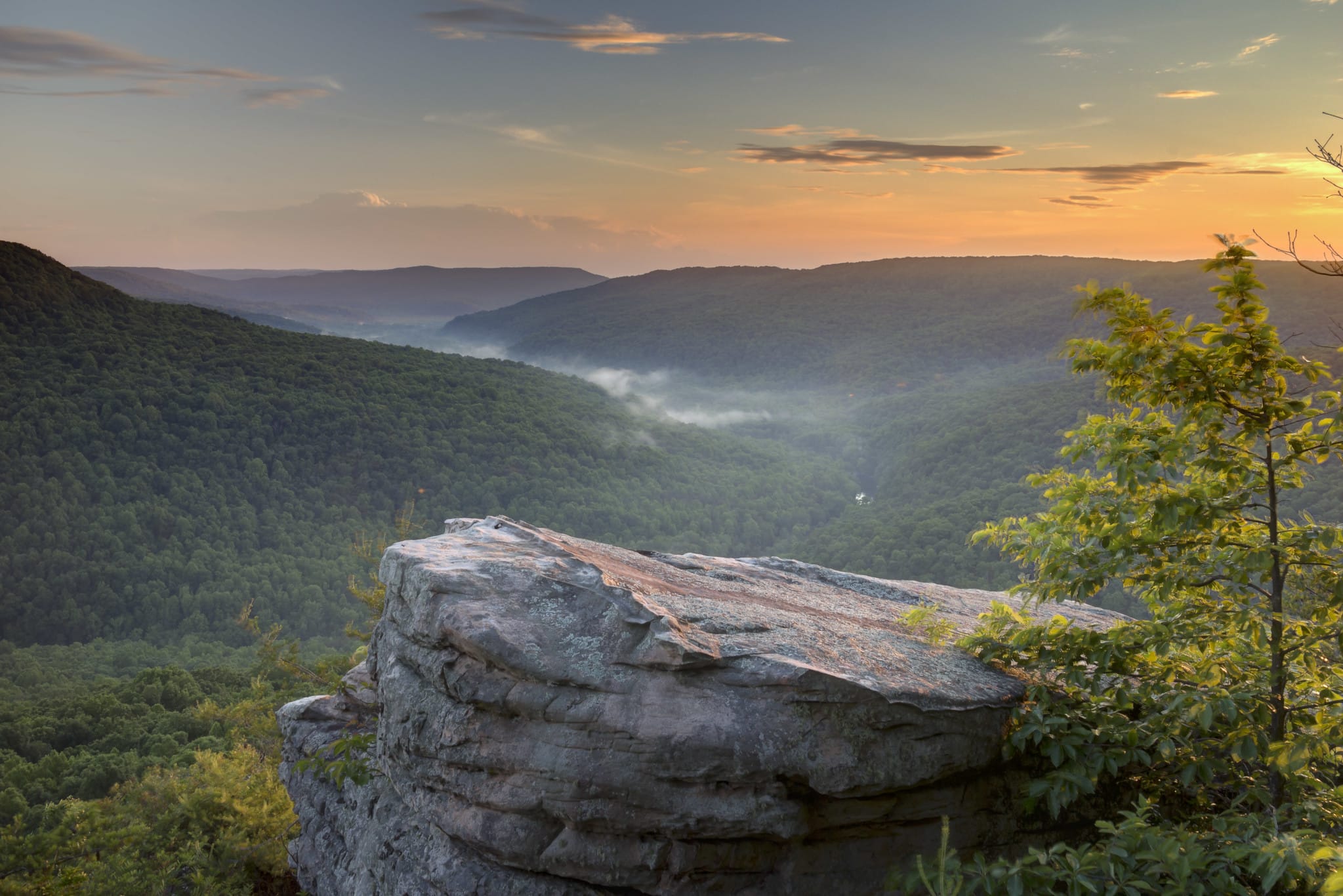
On May 9, 2025, Scott’s Gulf Wilderness officially became Tennessee’s 60th State Park—an exciting milestone built on decades of conservation.
For more than 20 years, the Scott’s Gulf region of the Mid-Cumberlands has been central to TennGreen Land Conservancy’s mission to conserve our state’s wild and working lands where people and nature can thrive. Since 2008 alone, TennGreen has protected over 2,500 acres in the region—land that now forms a vital part of our newest State Park.
“Scott’s Gulf is one of Tennessee’s most awe-inspiring landscapes—a wild and rugged place shaped by water, geology, and time,” said Alice Hudson Pell, Executive Director of TennGreen Land Conservancy. “This park stands as a promise kept—and a promise to continue working to conserve the lands and waters that define Tennessee.”
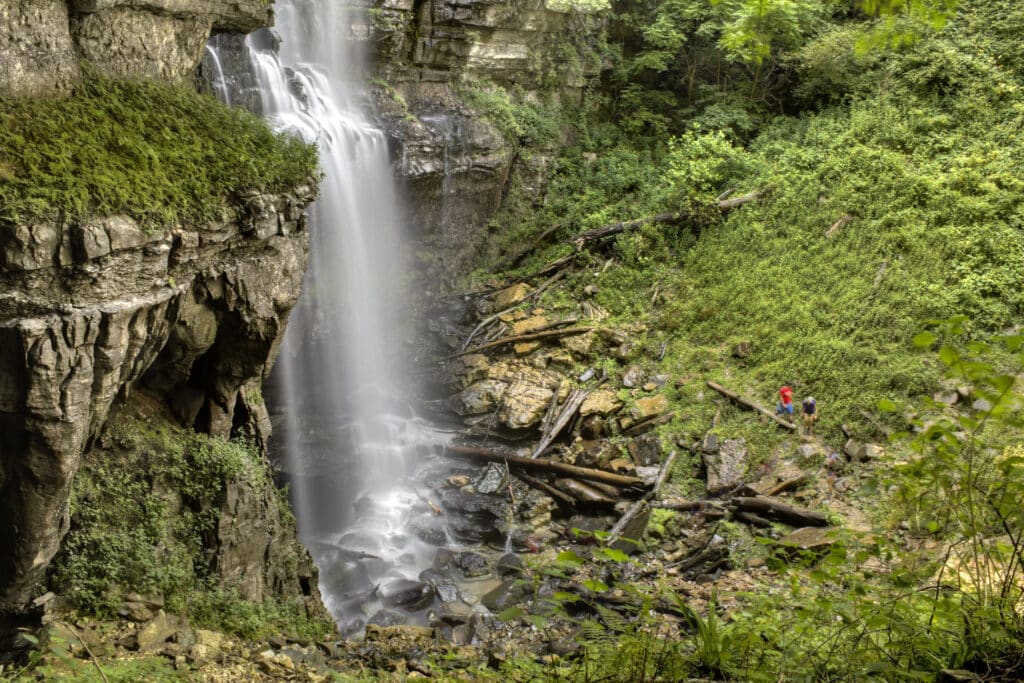
At the heart of these White County efforts lies one of Tennessee’s most iconic natural wonders: Virgin Falls, a stunning 110-foot waterfall tucked deep within the region’s karst landscape that was first protected by TennGreen. The four-mile trail to Virgin Falls has long been a bucket-list hike for outdoor enthusiasts, and thanks to successful partnerships, the surrounding lands are now permanently preserved and included in Scott’s Gulf Wilderness State Park.
Scott’s Gulf: A Wilderness Worth Celebrating
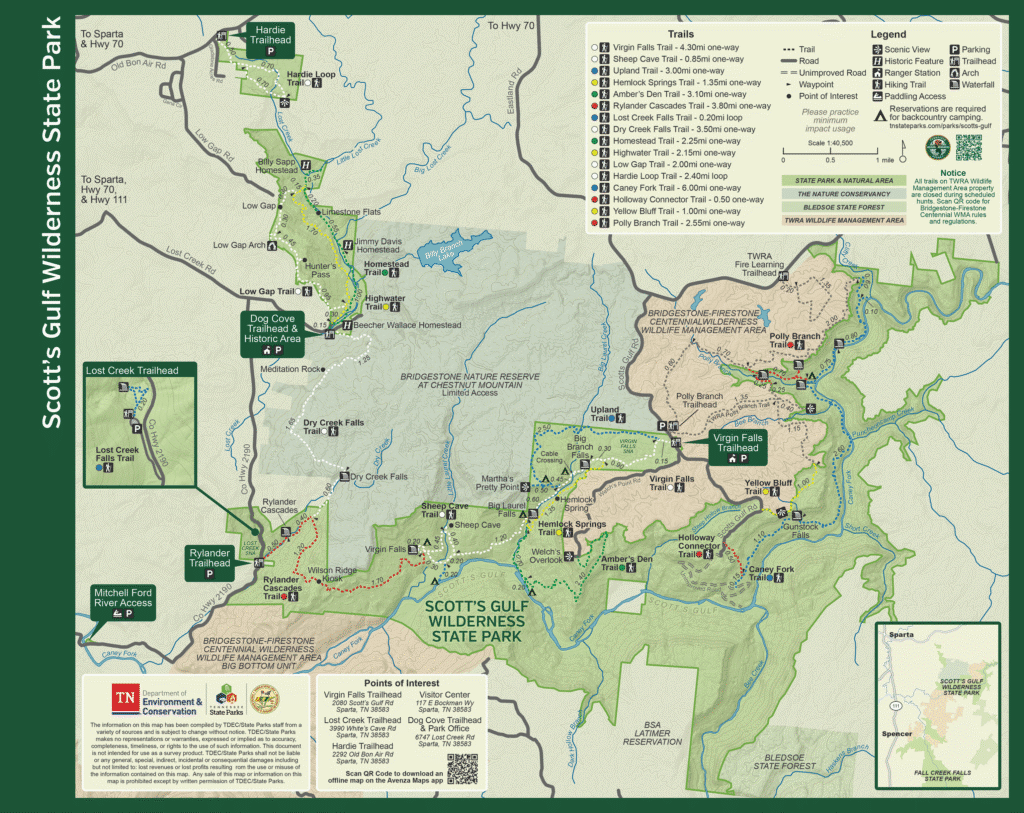
“60 looks good on Tennessee State Parks! Thank you to everyone who has supported the park along this journey. Here’s to many more years dedicated to preserving this beautiful area.”
— Tennessee State Parks
The park itself spans more than 9,500 acres, much of it wild, remote, and deeply connected to Tennessee’s geological and cultural history. Over the last two decades, TennGreen worked diligently with partners to protect critical areas that are now part of the Scott’s Gulf Wilderness, such as:
- Virgin Falls State Natural Area
- Lost Creek State Natural Area
- Dog Cove Historic Area
- Hardie Trailhead
Visitors can experience everything from panoramic vistas and tranquil waterfalls to primitive camping and backcountry trails. The park also provides access to the Caney Fork River at Mitchell Ford, with plans for expanded infrastructure including restrooms, a visitor center on Bon Air Mountain, and future trails and campsites.
“These efforts not only protect critical habitats and scenic beauty but also ensure public access and enjoyment for generations to come,” added Christie Henderson, TennGreen’s Deputy Director and acquisition steward.
Key Acquisitions: Protecting Wild Places
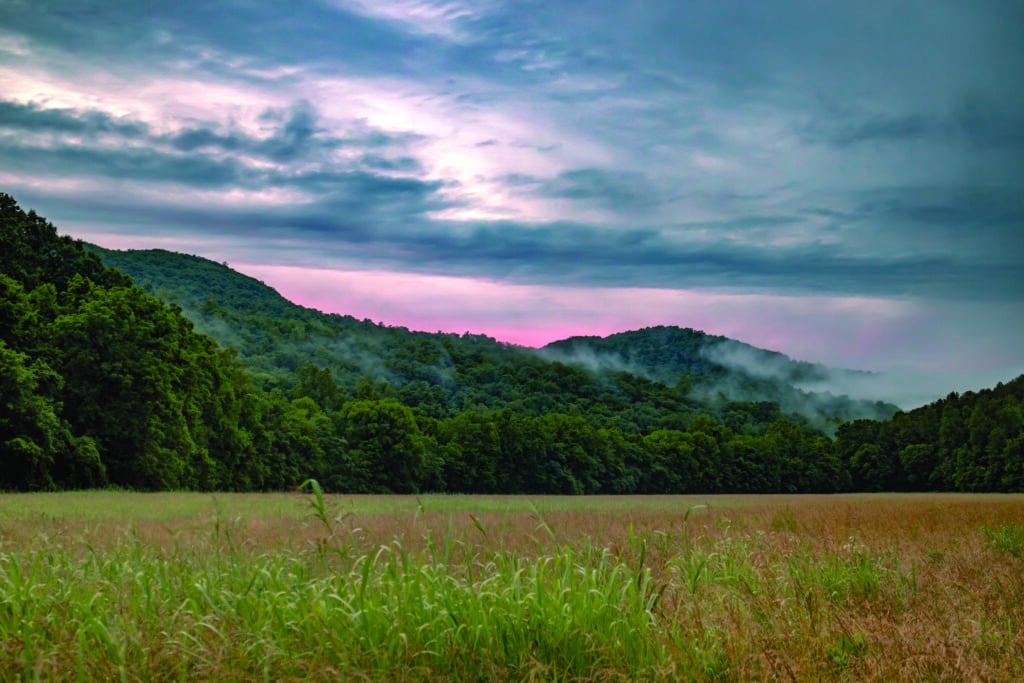
Through fruitful collaboration with landowners, public agencies, and fellow conservationists at the Open Space Institute and the State of Tennessee, TennGreen’s work in the Scott’s Gulf region has spanned several major land conservation projects, including:
- Virgin Falls (1,550 acres)
In 2012, TennGreen partnered with the State of Tennessee to acquire and permanently protect Virgin Falls, assisting with negotiations and securing crucial funding for the purchase. - Dry Creek Headwaters (582 acres)
Acquired in 2018 with an Open Space Institute grant, this tract now provides additional trail access to Virgin Falls and contributes to the ecological integrity of the park. - Hardie Tract (255 acres)
Located near Virgin Falls, this land was protected with the support of a $100,000 donation secured by TennGreen. - Interior Dog Cove (76 acres)
A key inholding within the historic Dog Cove area, this tract was preserved through grant funding and adds to the park’s biodiversity and trail opportunities. - Welch’s Point (689 acres)
One of the park’s most breathtaking overlooks, Welch’s Point was conserved by TennGreen and offers panoramic views of the Caney Fork River Gorge.
A Park for People and the Planet
Scott’s Gulf Wilderness is more than a scenic destination—it’s a model for balanced growth and conservation. Protected lands like these play a vital role in Tennessee’s resilience, from buffering against climate impacts to safeguarding drinking water and preserving biodiversity.
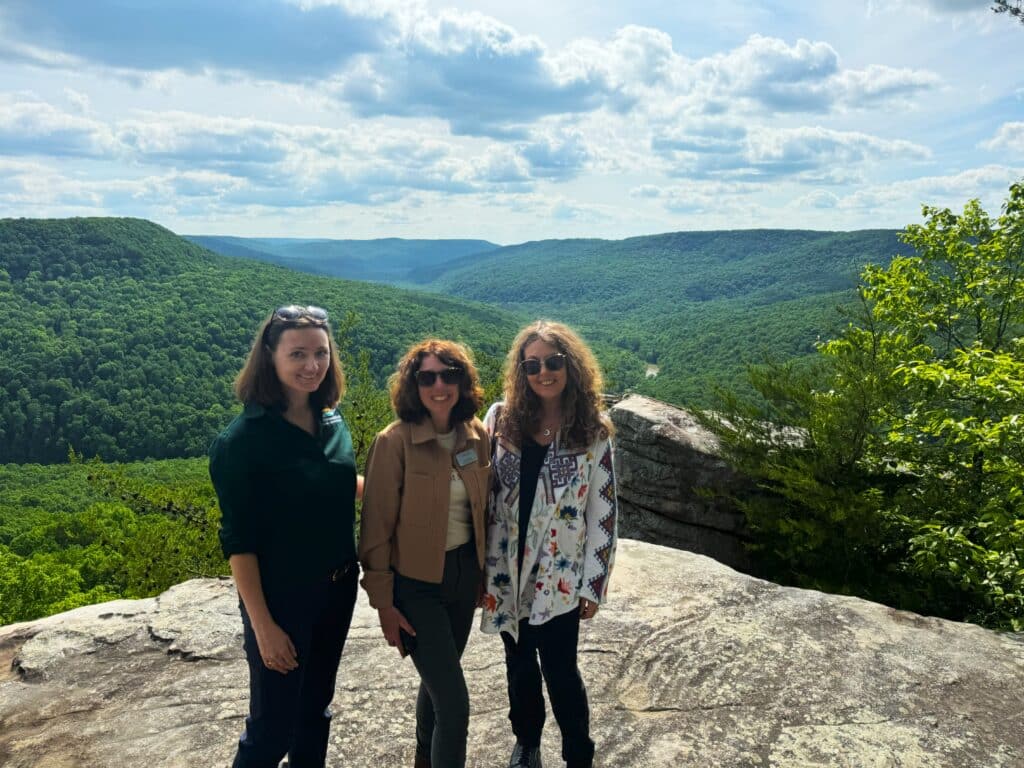
“The creation of Scott’s Gulf Wilderness State Park represents not just a conservation milestone, but a model for what’s possible when passionate people and organizations work together for the public good,” Hudson Pell continued. “This park is the result of visionary landowners, dedicated public servants, committed donors, and partners like the Nature Conservancy, the Conservation Fund, and the State of Tennessee, all uniting with a shared goal: to protect and celebrate Tennessee’s natural heritage. We are proud to have been a consistent thread in this tapestry of collaboration.”
It is these partnerships that have made it possible for TennGreen to conserve those 2,500+ acres in this region, including old-growth forests, karst systems, and headwater streams that are essential to the area’s ecological health. “They’ve also ensured that these lands remain open and accessible to the public, allowing people from across the state and beyond to connect with nature, challenge themselves on the trail, and experience the profound sense of peace that places like Virgin Falls offer,” Hudson Pell lauds.
“In a time of unprecedented growth in our state, we believe conservation and development must exist in balance. Parks like Scott’s Gulf Wilderness are essential to that balance. They offer not only recreation and beauty but also resilience: buffering our communities against climate impacts, protecting drinking water, and preserving biodiversity. They are investments in our health, our economy, and our future.”
To learn more and plan your visit to our 60th state park, visit Scott’s Gulf Wilderness’ State Park page.
If you or anyone you know stands ready to protect land in Tennessee, please contact us at land@tenngreen.org.
Top photo: Welch’s Point, Chuck Sutherland

